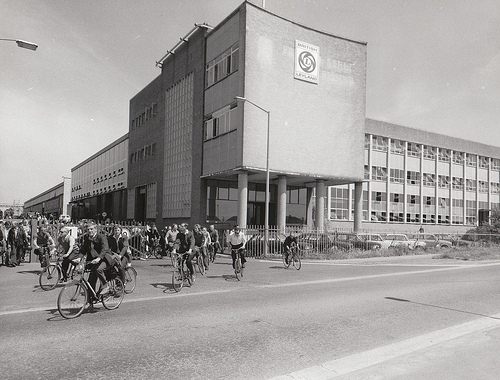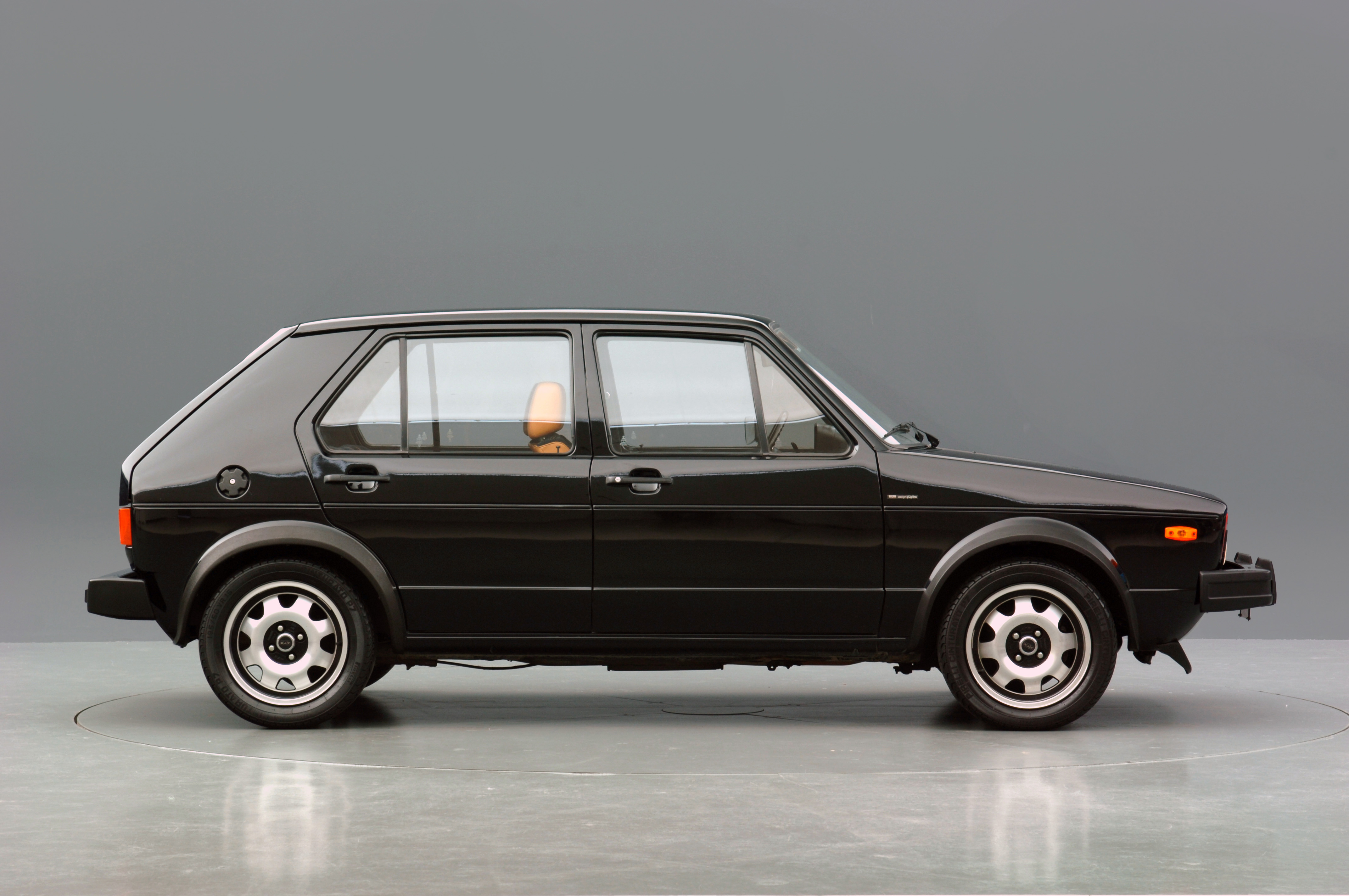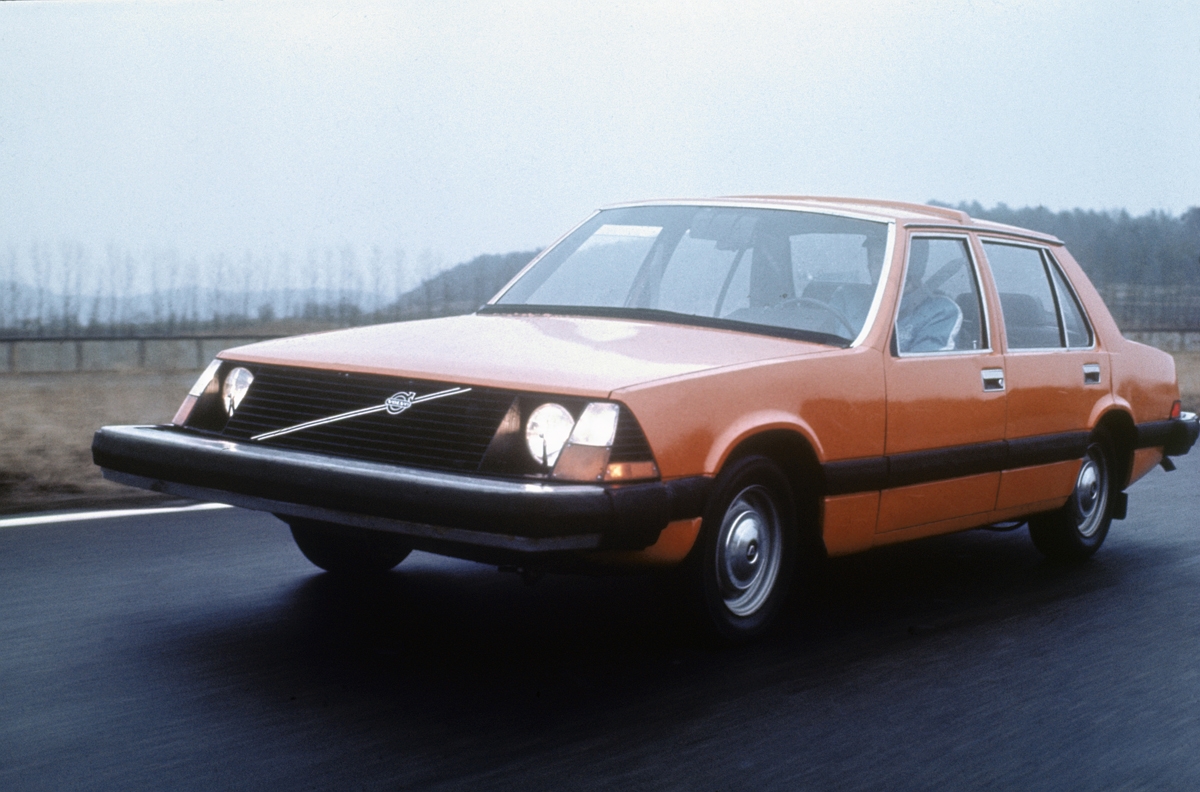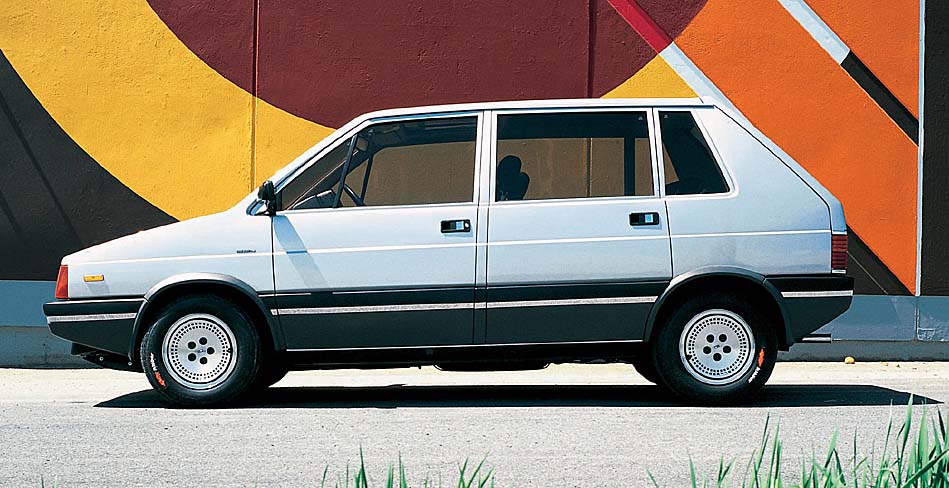Your car was born in the 1970s. Car-nerds will argue about this, but the seventies mark the start of the modern era for the motor car. The economic and energy crises of the decade shook the car-world hard. It had to radically remake itself, and wound up looking nothing like it did before, and a lot like it does now.
These are the years that saw the decline of the US and British car industries and the ascent of the Japanese. Cars got safer, smaller and more efficient. We started driving hatchbacks and the MPV was invented. In fact, for an industry that often didn’t know where its next meal was coming from, a lot got done. So unless your car predates 1970, it owes a lot to the 1970s.
It all started so well. In 1970 Steve McQueen made Le Mans, and at the wheel of a Porsche 911 and 917 made driving cooler than it ever had been. But it all went wrong almost immediately with the US Clean Air Act of 1970. If you’re under 50, you’re one of the children whose health and future the Act was designed to protect, and of course we’re very grateful. But we can’t help but mourn the US muscle car, which was at its maddest in 1970 with the monstrous, bewinged Plymouth Superbird. But because of the Act, the muscle car was stone dead in just a year in the most extraordinary, instant mass-extinction event in automotive history.
The oil crisis of ’73 and the recession that followed nearly did for the supercar industry too. Some of the most famous names changed hands more often than an old fiver and bounced in and out of bankruptcy; car magazines regularly arrived at the factories of Italy’s Supercar Valley to test a new model only to find the gates locked shut, or the paint still drying on the car they were meant to be driving. But Lamborghini somehow still managed to make the Countach. It was the definitive seventies supercar; shocking and angular to look at and terrifying to drive. First shown in 1971, it took three years to get the cash together to get it into production.
The British car industry pretty much did die in the seventies; from making 1.9 million cars in 1972 it slumped to half that number by the end of the decade, and soon not a single British-owned volume carmaker was left. But the oil crisis wasn’t to blame; just look at the cars the British carmakers were insulting us with. The Austin Allegro, launched in 1973, had all the dynamism and sex appeal of your elderly Auntie Flo in her mauve Sunday best. By comparison with VW’s Golf, launched just a year later with Giugiaro’s hallmark seventies ‘folded-paper’ styling – and a practical hatchback – the Allegro looks dumpy and retarded. No wonder buyers – Brits included – deserted the British carmakers.
Others were showing the old powers how it ought to be done. Honda’s super-clean, super-frugal CVCC-powered cars led the Japanese assault on the US. American buyers, once chauvinistic but now desperate for reliable, economical cars loved them, and the US car industry has never really recovered. Volvo’s VESC experimental safety vehicle not only presaged how Volvos would look for the next 20 years but had two decades’ worth of safety advances aboard too; some of which we now take for granted (crumple zones, airbags) and some, like reversing cameras, that are still reserved for high-end cars.
But Giugiaro’s Megagamma concept was arguably the most significant of the seventies, though its impact wouldn’t be felt until much later. It started life as a sketch for a competition run by New York’s Museum of Modern Art in ’76 to design a new checker cab for the city. To cut congestion but create more cabin space Guigiaro decided to build upwards, and the people carrier was born.
If you want to see how the car moved on the ‘70s, look at the performance cars that bookmark the decade. At one end, that crude Plymouth Superbird. At the other, the Audi Quattro; turbocharged, four-wheel drive and beautifully made. And frankly, not all that different to the 270bhp, turbocharged, four-wheel drive and beautifully made Volkswagen Golf R that’s sitting on my drive as I write this. The logbook for my car says 2010, but I know it was born in the seventies.



